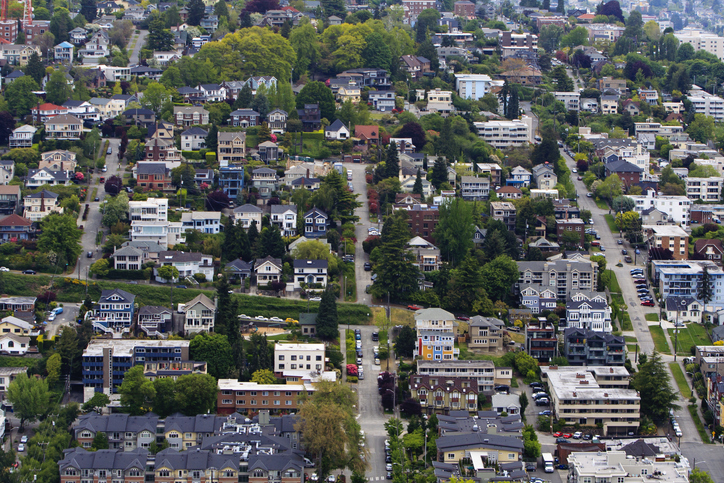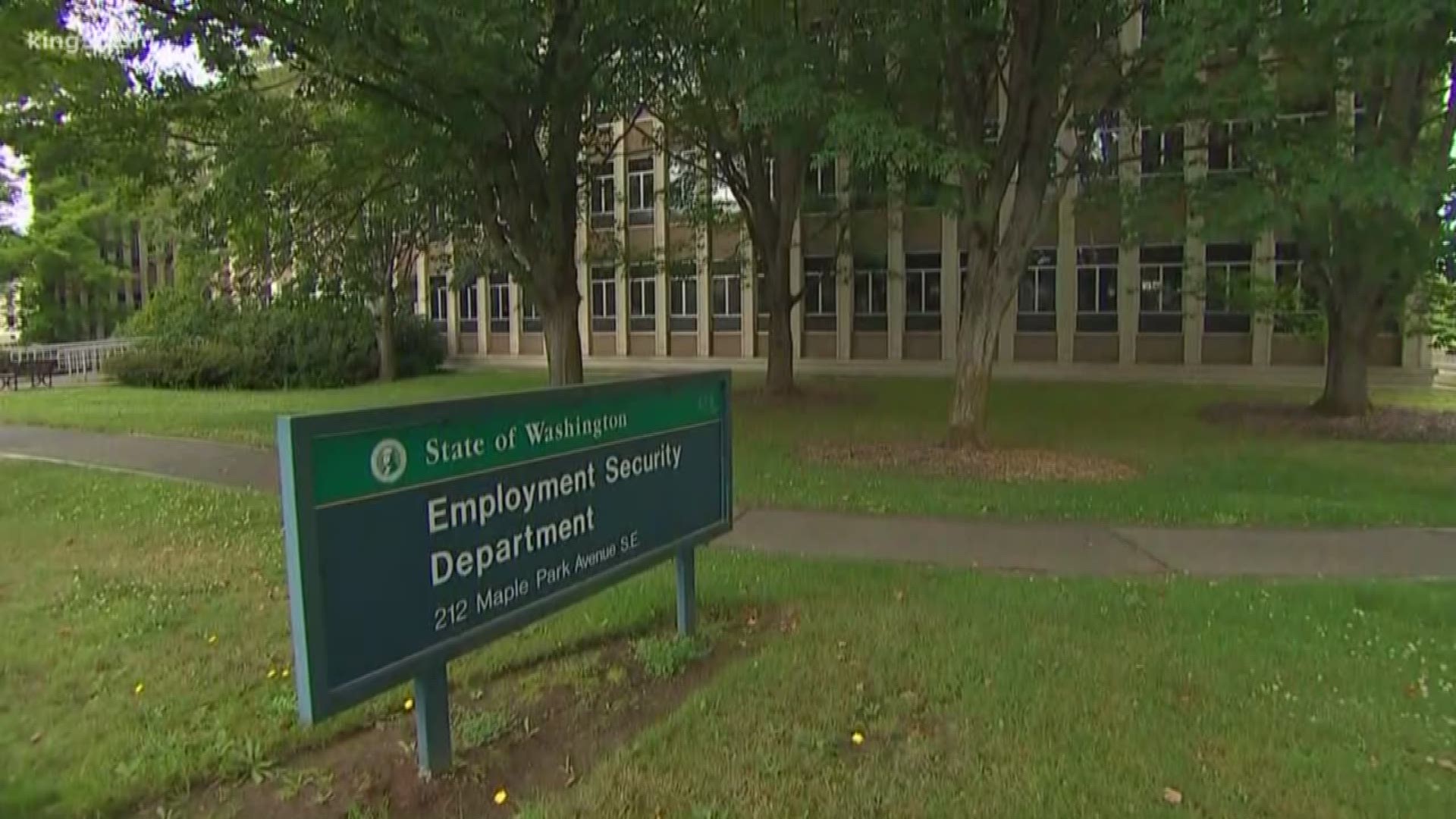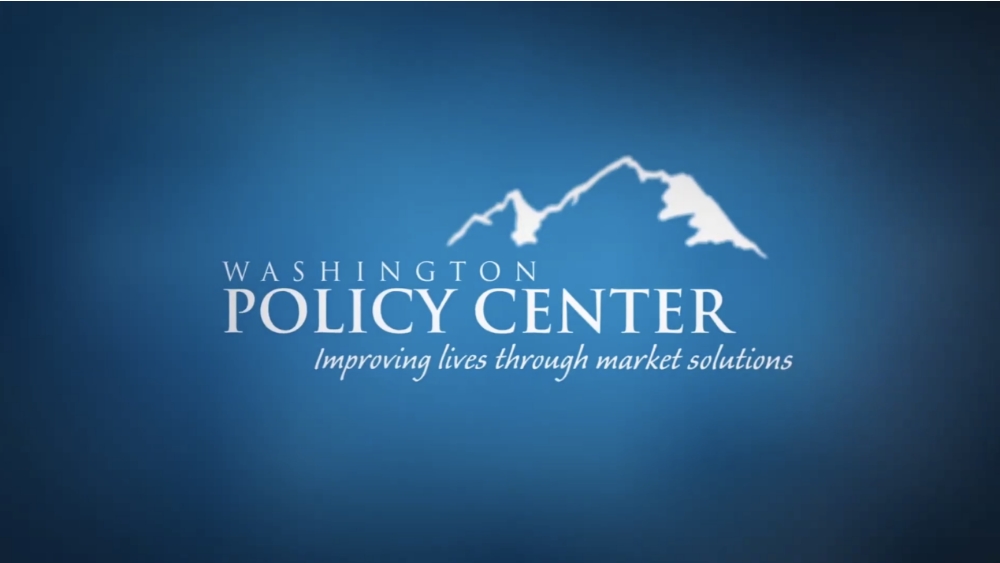But, as they say, all politics is local. Washington, D.C. doesn't know much about connecting last-mile access to homes and businesses; after all, what policy wonks dream up in drab bureaucratic buildings three thousand miles away may have little, if anything, to do with how the common citizen in Washington connects.
Enter the roll for state and local governments. Unlike Congress, states can only do so much to regulate internet connections (might actually be a good thing). In Washington state, DSL lines are more heavily regulated than cable modem connections, but still not to the degree ! that the FCC can oversee things. Without getting into the messy details of how Washington's Utilities and Transportation Commission works and regulates common carriers and ISPs, suffice it to say that many states are itching to play a bigger role in connecting their citizens to meaningful broadband. I say "meaningful" because one of the big gripes with the FCC over the last decade has been its woeful description of broadband: 768Kbps download speed, 200Kbps upload -- truly pitiful speeds really.
A story in this morning's Stateline touches on how the FCC's NBP and state policy interact,
"Colorado is one of a number of states where state and local governments are prohibited by law from directly providing broadband service, for example, free municipal wireless connections. So a recommend! ation in the Federal Communication Commission's National B! roadband Plan has state officials scrambling. Released in March, the plan calls for Congress to ensure that state and local governments don't pose any barriers to making broadband available. If approved, the action could override the state laws."
It will be interesting, however, to see the state's interpretation of "barriers to broadband." My guess, unfortunately, is that many states and localities will point to similar laws such as Colorado's that bar publicly-owned communications networks, or lack of adequate federal funding. However, myriad evidence suggests that it is not in the best interest of city governments or taxpayers for localities to jump into the ISP game. There may be certain exceptions for severely unserved areas (notice I did NOT say underserved) but by-and-large the track record for free muni networks is paltry at best.
The much-heralded Blair Levin, who basically oversaw and wrote much of the NBP for the FCC, points out that he sees a "lack of consciousness about how seemingly unrelated public policies and regulations can have a major impact on broadband." As that recently-released PEW report, "Bringing America Up to Speed," points out (pages 10-11), states can play a role to "eliminate policy barriers to the physical build-out of broadband infrastructure -- such as access to the land needed to bury fiber and utility poles needed to hang it -- and seek to improve coordination among various public and private-sector entities."
This provides a suitable segway into a dichotomy that policymakers face. That is, many in the FCC and the Obama administration (as well as some local officials in Western Washington) want to use regulatory tools to foster gre! ater broadband rollout. They believe that Net Neutrality will help accomplish this goal. But the problem, among many others, is that this is a case of the right hand not following the left hand. Just about everyone is encouraging greater broadband adoption rates, more access for more people, and more connection speed. Indeed, the FCC's goal is 100Mbps speed x 100 million U.S. homes by 2020.
But regulations such as the non-discrimination rule (aka Net Neutrality) bar ISPs from handling the massive onslaught of demand. If we want to build out to the 14 million unconnected individuals throughout the nation, it will be a) expensive and b) create more users accessing more content.
There is nothing wrong with connecting those 14 million currently inside the "digital divide," but the application of simple economics vis a vis a more stringent regulatory regime cannot be ignore! d. As demand increases among the currently connected (check ou! t this Cisco demand forecast) and as more previously unconnected homes are hooked up, demand will further skyrocket. This will continue to put burdens on networks, both wired and wireless. And if you take away an ISP's ability to manage congestion, the only way to increase speed and improve the end-user's experience will be to engage in costly physical build-out projects.
Now, ISPs are already spending tens of billions a year to do this knowing that demand is constantly going up. But taking away congestion management tools will simply exacerbate the strain under which ISPs operate. And the 14 million only includes folks who have NO access. Another 85 million or so people simply are choosing not to use broadband. That number will continue to shrink as time goes on and older folks pass on and the younger "millennials&! quot; get older.
How much will it take to build out broadband to meet the FCC's goals? $350 billion. How much was set aside in the stimulus package to start? $7.2 billion, or about 2%. If we are going to complete this ambitious build-out plan, the other $342.8 billion is going to have to come from somewhere. That somewhere is private companies spending investor dollars. The FCC forecasts the cost of connecting the 14 million unconnected households will be $23.5 billion, but at a per-person cost of $1,700 that estimate seems very low.
So again, what can states do to encourage both the supply (rollout) and demand (adoption rates) of broadband? In examining Minnesota's Ultra High-Speed Broadband Report, Appendix C, it seems many states have tax exemptions and incentive programs on the books. I haven't seen any comprehensive reports that as! sess the efficacy of any of these programs (perhaps the respective stat! e auditors have findings). But I thought it was interesting that for both Appendix C -- Broadband Deployment and Adoption Incentive Programs and Appendix D - Telecommunications, Broadband and Communications Equipment Exemptions and Credits -- Washington state has a N/A. Although, somewhat ancillary was the data center tax exemption the legislature passed earlier this year -- data centers rely on broadband and likewise hold the servers on which the world wide web is stored.
It does seem unfortunate that many policymakers are jumping the gun and assuming the only way to increase both supply and demand is for a public ISP or more regulations requiring build out. How about taking a look at ways to incent both ISPs to provide and consumers to consume broadband. There are a lot of creative ways to do this -- even if we haven't quite found the silver bullet solution.&! #0160;
But government jumping into the telecom provider service is the last solution for the majority of markets in the United States and will only disincent further broadband buildout from the private sector. Some will argue that the goal of ubiquitous connectivity is the end and therefore the means are justified (in pitting a subsidized government run service against a private ISP). But there is a flip side to the goal and that is the cost to the taxpayer -- higher taxes retard economic development -- and the more intangible cost of a publicly-run and subsidized service failing to provide high quality of service due to lack of competition.
Whatever the case, this is a good conversation and the Stateline and the PEW report both have interesting data, as well as the Minnesota report. All three are worth a read and contribute to this ongoing discussion. As Washington state moves forward to fortify existing broadband and connect those few who are still unconnected! , we must keep in mind the cost of connecting and the regulations that ! are already hurting further rollout. We cannot do a whole lot when it comes to regulatory decisions being made in back rooms in Washington, D.C. but we can do something about our own state's policy in this arena.




